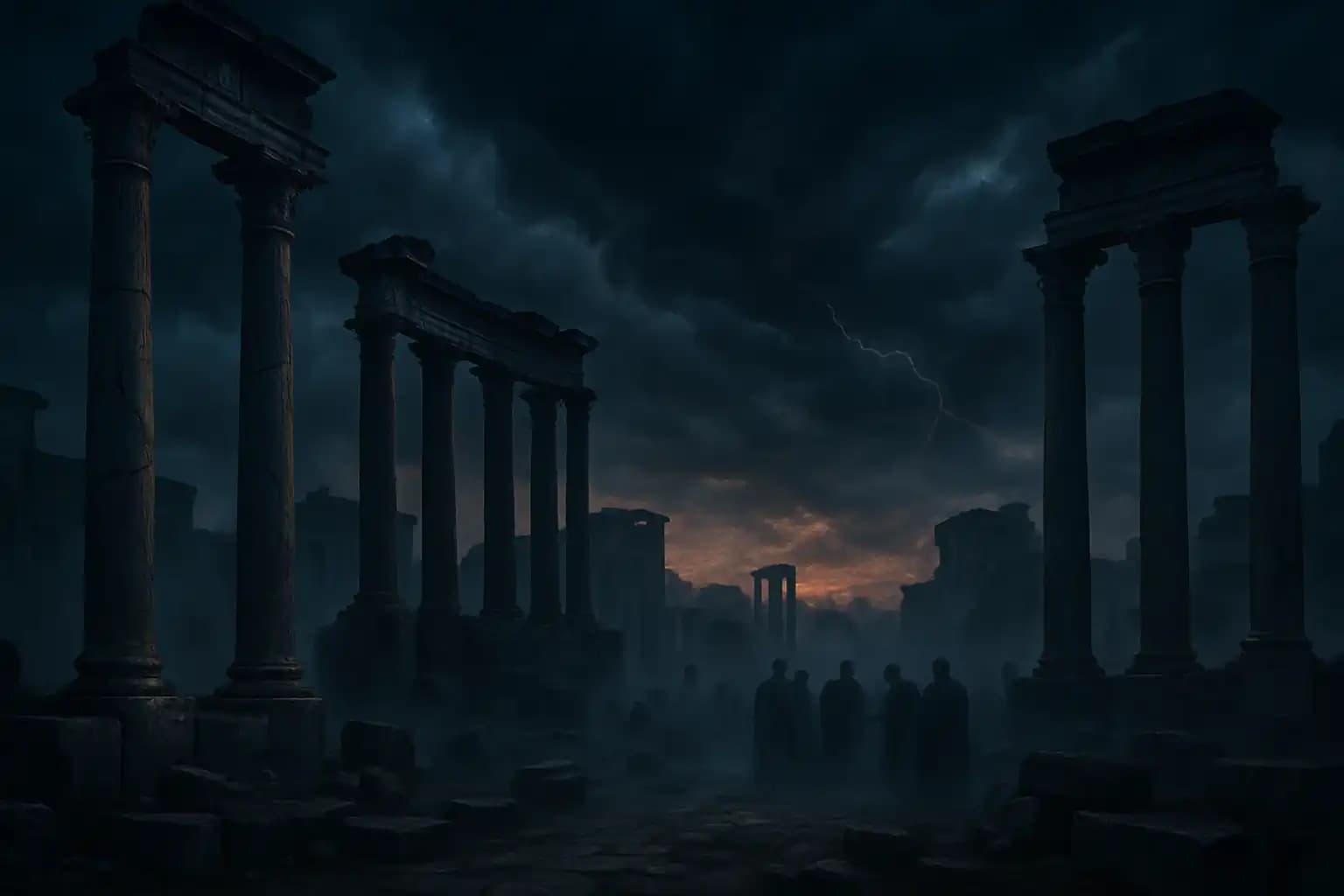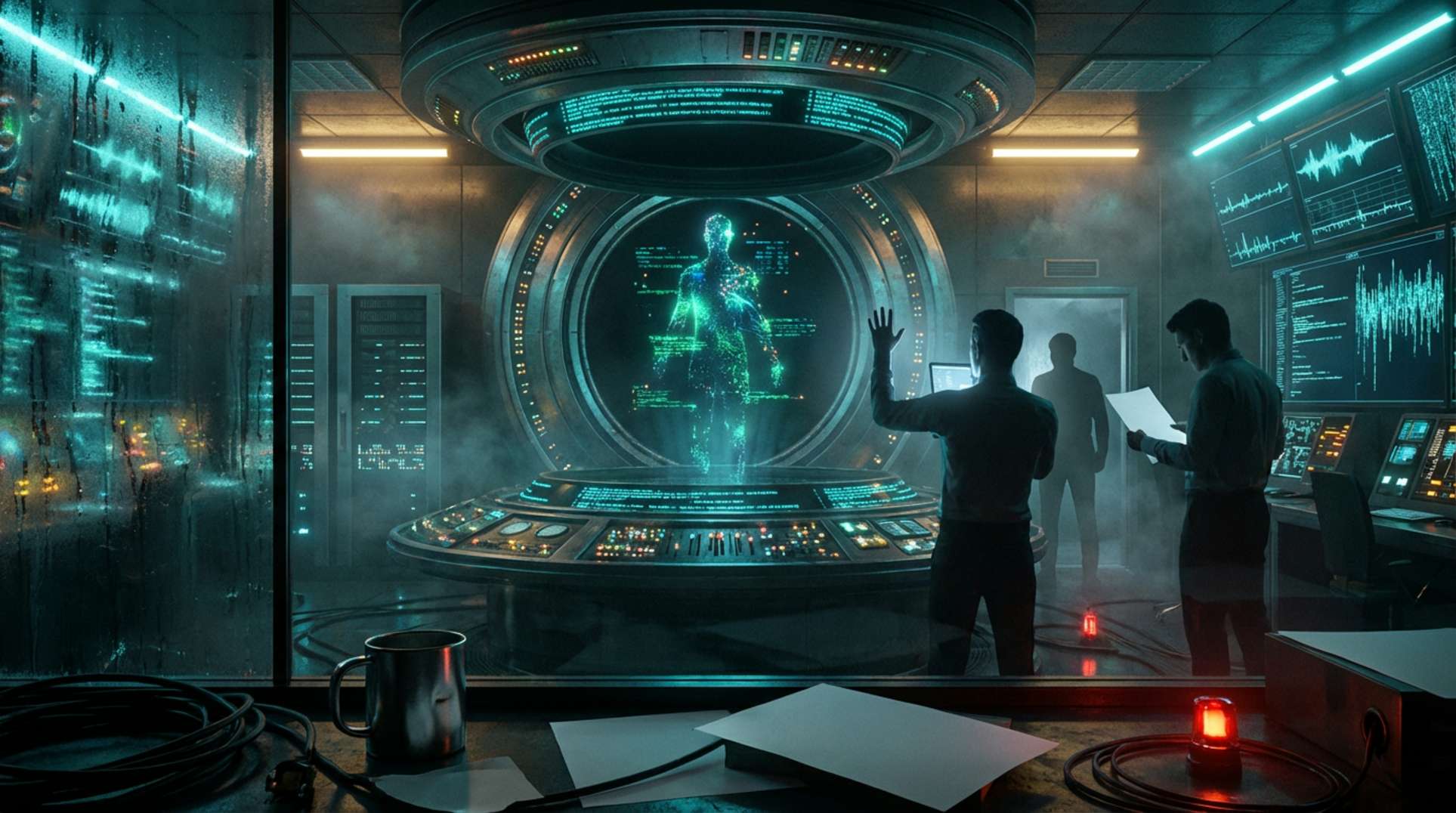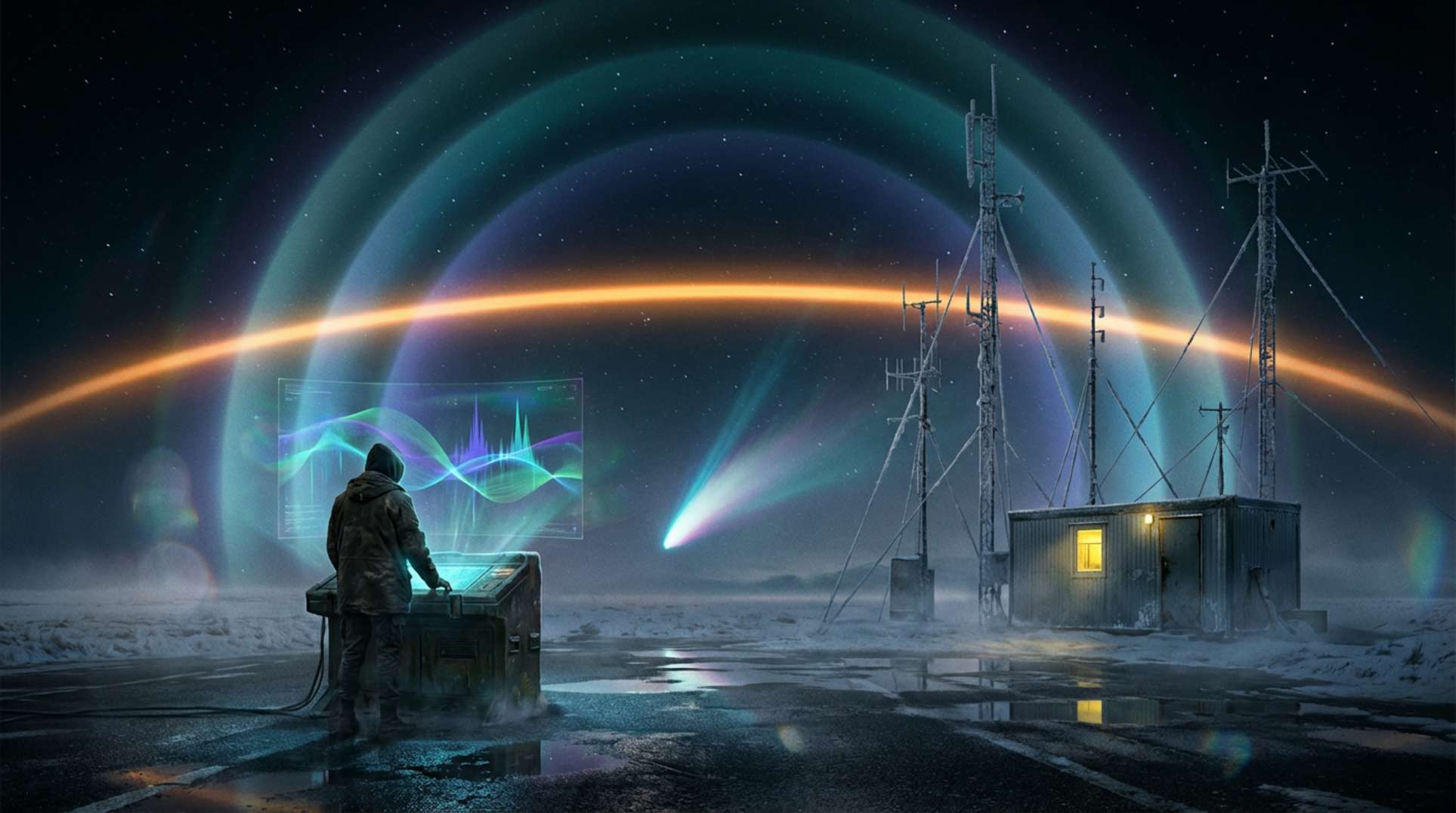Rome didn’t fall in a day, but its collapse sent shockwaves through history. The Western Roman Empire serves as a cautionary tale about decay, lost languages, and technological overreach. Historian Barry Strauss explores how this superpower unraveled from within.
Modern scholarship on Rome’s fall rejects a single cause. Instead, a mix of military decline, political strife, economic failure, natural disasters, and foreign invasions doomed the empire. It stands as the ultimate case study for societal breakdown, echoed in contemporary explorations of how modern societies flirt with collapse and AI-driven discoveries of prophetic warnings from ancient texts.
From Power to Precarity: The Slow Unraveling of Rome
The disaster began with a weakened army—once mighty, it was drained by budget cuts, low morale, and dependence on mercenaries. A leadership crisis compounded the problem, as emperors were replaced with alarming speed. Power struggles undermined governance and left the Western Empire vulnerable to storms—from power-hungry elites to “barbarian” invasions.
Barry Strauss argues that Rome’s fall resembled a slow-motion avalanche, not a sudden collapse. As noted by mainstream history, vulnerabilities converged: weakening defenses, crumbling infrastructure, and a fractious ruling class. When invaders like the Goths crossed the Rhine, the empire lacked unity and strength to repel them. Economic stagnation set in, trade routes disappeared, and citizens lost faith in a state unable to provide safety or purpose—trends that feel alarmingly familiar today.
Climate, Disease, and Catastrophe: The Uncontrollable Threats
Earlier historians focused on moral decline or the rise of Christianity, but twenty-first-century scholars identify larger forces. Climate shifts, epidemics, and resource depletion triggered cycles of famine and population loss. The parallels to our time are striking. Studies of past climate events—such as the volcanic winters detailed in recent research—indicate that nature, not solely human actions, can dismantle empires.
As central authority weakened, local elites amassed power. When the imperial structure failed to adapt, provinces detangled. Britannia and Africa slipped away as new powers—Visigoths, Vandals, and Huns—rose to prominence. Rome’s fate can seem algorithmic, mirroring digital narratives of impending AI takeovers discussed in modern doomsday warnings. The lesson is clear: oversized, centralized systems become brittle, making them vulnerable to shocks that hasten collapse.
End of an Era, Beginning of a Myth
In 476 CE, the last Western emperor—a boy named Romulus—was deposed by the Germanic general Odoacer. The symbols of imperial power returned to the Eastern Empire, and Rome’s glory faded into myth. Yet, what constitutes “collapse” stirs ongoing debate. Some scholars, inspired by research into lost worlds and hidden disasters, suggest many Roman structures, traditions, and languages endured long after the empire’s official demise. In some ways, the collapse became a transformation—one bearing echoes for modern states that worry about resilience, social trust, and internal chaos.
Rome’s Lessons for the Digital Age
No conversation about collapse—ancient or modern—lacks relevance for the future. Rome’s story resonates whenever societies confront technological disruption, climate crises, or complex system vulnerabilities. Just as insights from a forgotten empire contribute to geopolitical analyses today, Rome’s fate warns of the dangers of denial, complacency, and hubris.
As we prepare for future crises—from solar storm repercussions to escalating social fractures—the study of Rome’s decline serves as a stark reminder. Collapse is gradual, not instantaneous, and yesterday’s certainties may dissolve into tomorrow’s ruins. For the latest on how ancient lessons shape our response to modern existential threats, delve into Unexplained.co. No empire—digital, political, or otherwise—is immune from the rigor of history’s hardest truths.





